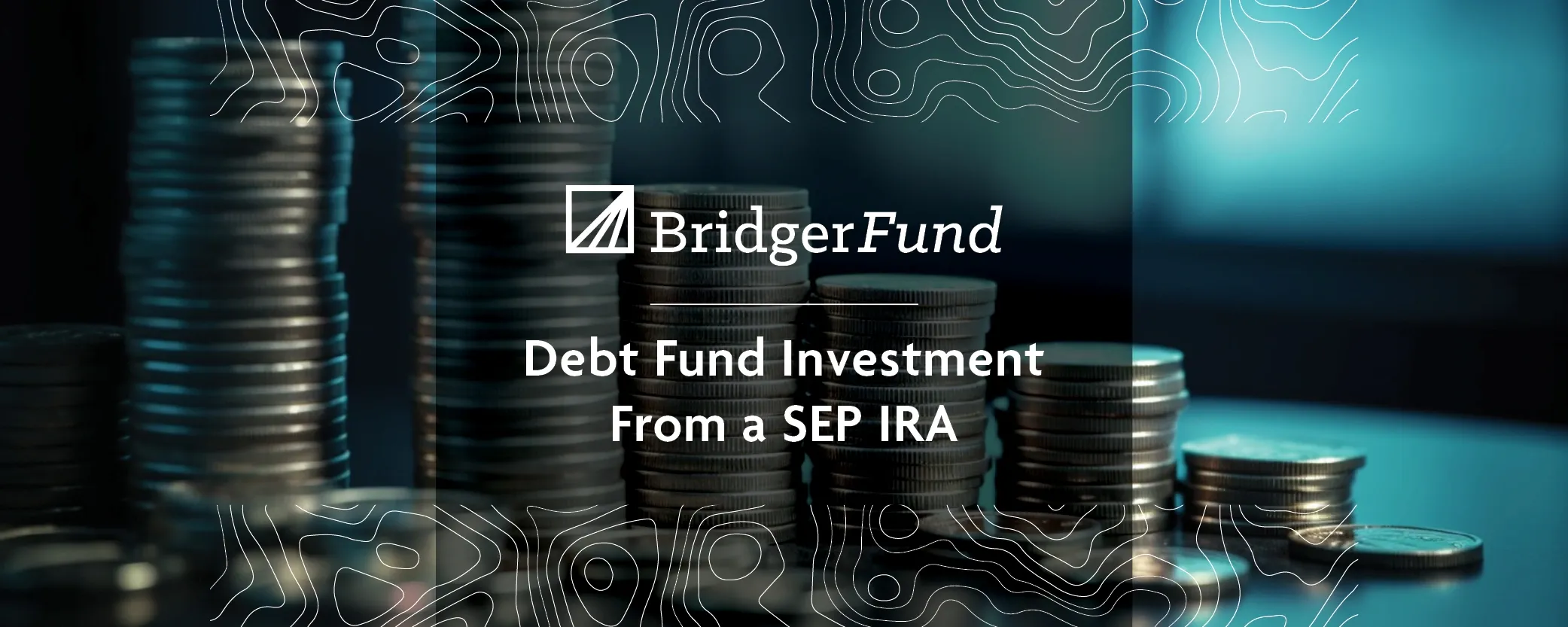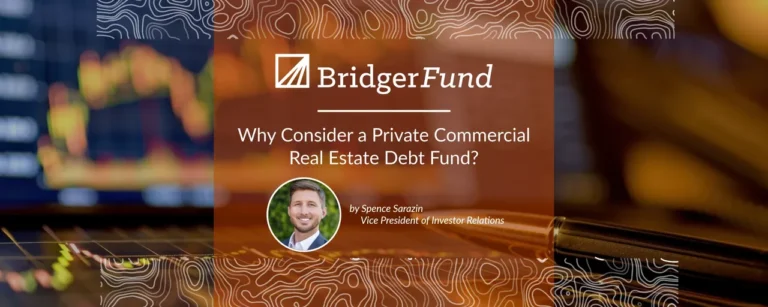
Debt Fund Investment From a SEP IRA
Investing in a debt fund through a SEP IRA can be a strategic move for individuals looking to diversify their retirement portfolios. SEP IRAs, or Simplified Employee Pension Individual Retirement Arrangements, are retirement plans that allow for higher contribution limits than traditional IRAs, making them particularly attractive for self-employed individuals or small business owners.
When it comes to investing in a debt fund from a SEP IRA, here are some key points to consider:
Advantages of Investing in a Debt Fund
- Diversification: Debt funds can provide a good balance to the equity portion of a retirement portfolio, potentially reducing overall risk.
- Income Generation: These funds typically pay out regular interest, which can be a source of steady income.
- Potential for Higher Returns: Depending on the fund’s strategy, there may be opportunities for higher returns compared to traditional fixed-income investments.
Considerations for SEP IRA Investments
- Contribution Limits: For 2024, the contribution limit for a SEP IRA is the lesser of 25% of compensation or $61,000.
- Tax Benefits: Contributions to a SEP IRA are tax-deductible, potentially lowering your taxable income for the year.
- Withdrawal Rules: Withdrawals from a SEP IRA are taxed as income, and early withdrawals may incur penalties.
Steps to Invest in a Debt Fund from a SEP IRA
- Choose a Custodian: Select an IRA custodian that allows for alternative investments like debt funds.
- Open a SEP IRA Account: If you don’t already have one, open a SEP IRA account with the chosen custodian.
- Select a Debt Fund: Research and choose a debt fund that aligns with your investment goals and risk tolerance.
- Transfer Funds: Transfer the amount you wish to invest from your SEP IRA to the debt fund.
- Monitor Your Investment: Keep track of your investment’s performance and adjust your strategy as needed.
It’s important to conduct thorough research or consult with a financial advisor to ensure that investing in a debt fund aligns with your overall retirement strategy and financial goals. Additionally, it’s crucial to understand the terms and conditions of the specific debt fund, as well as any fees or expenses associated with the investment.


